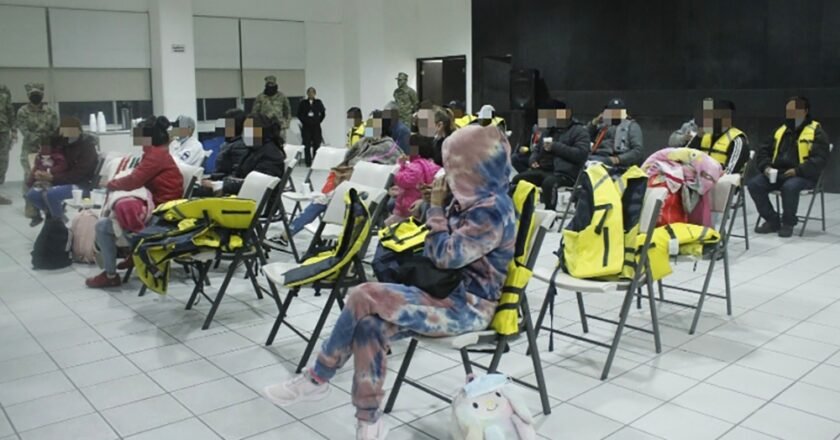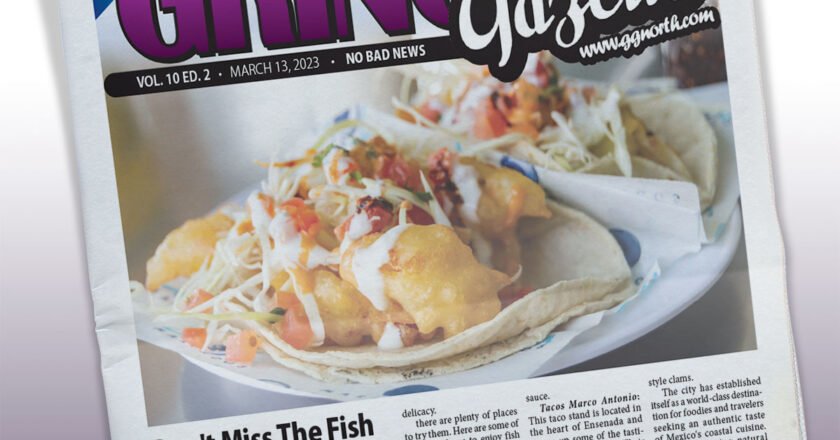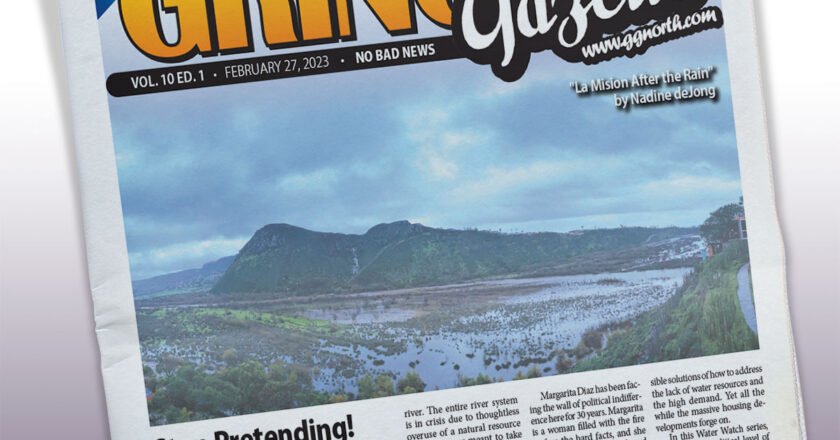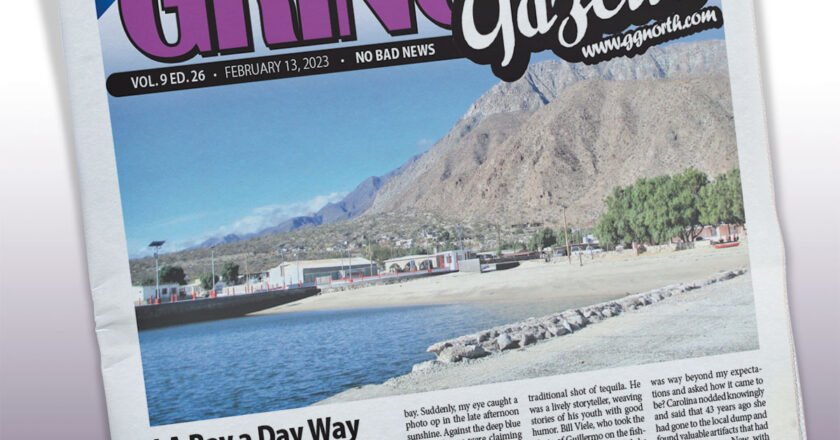The urban area of Ensenada will suffer serious water supply problems during the summer season, which requires immediate action to …


The urban area of Ensenada will suffer serious water supply problems during the summer season, which requires immediate action to …

The Secretary of Economic Development of Tijuana (Sedeti), Alejandro Mungaray, has stated that the recent bankruptcy of several banks in …

According to reports, a new cold front is expected to enter Baja California, which could bring significant drops in temperature …

In a daring rescue operation, 24 Mexican individuals were saved from a drifting boat off the coast of Playas de …

How to download a PDF of this publication:1. Open the newspaper in Full Screen by clicking “Read Now”2. Click …

How to download a PDF of this publication:1. Open the newspaper in Full Screen by clicking “Read Now”2. Click …

How to download a PDF of this publication:1. Open the newspaper in Full Screen by clicking “Read Now”2. Click …


